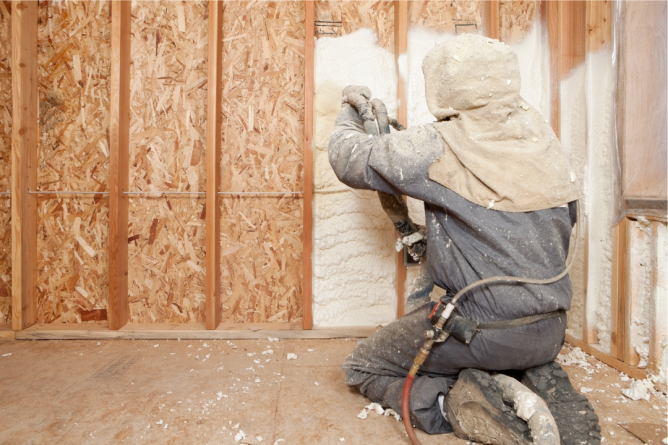What is the profit margin on a spray foam business?
Spray foam businesses can earn margins of 15% to 30% with proper planning. Success depends on managing costs effectively

Starting a spray foam business can be profitable, but the margin depends on several factors. Costs, competition, and customer demand all influence earnings. By controlling expenses, utilizing resources wisely, and delivering value to clients, contractors can establish a stable service business with healthy profit potential.
Understanding the Spray Foam Business
Spray foam insulation is a service that involves applying foam to walls, roofs, and other surfaces for energy efficiency. With rising energy costs and increasing awareness about sustainable housing, the demand for insulation is strong. Customers are often willing to pay more for services that reduce long-term utility expenses, which benefits business owners.
Factors Affecting Profit Margins
Several factors determine how much profit a spray foam contractor can make. Here are the main ones to consider:
- Material Costs: The most considerable expense is raw material. The cost of foam chemicals can fluctuate depending on the market. A reliable spray foam insulation supplier ensures consistent pricing and quality, which helps control expenses and protect margins.
- Equipment and Maintenance: Spray foam rigs, hoses, and protective gear require an upfront investment. While costs may be high initially, regular maintenance extends equipment life and reduces recurring expenses.
- Labor Costs: Skilled applicators are crucial for achieving quality results, and their wages significantly impact the profit margin. Efficient scheduling and trained staff reduce wasted time and increase project capacity.
- Project Size and Type: Margins vary depending on whether a contractor handles residential, commercial, or industrial projects.
By keeping these factors in check, contractors can better understand where profits are gained or lost.
Typical Profit Margins
On average, spray foam businesses report profit margins ranging from 15% to 30%. Margins on individual jobs depend on pricing strategy and cost control. Businesses that manage resources effectively and keep overheads low can achieve higher margins.
Strategies to Improve Profitability
Improving profit margins requires planning and consistent effort. Business owners can focus on the following strategies:
- Efficient Resource Management: Monitoring material usage closely helps prevent waste and save money.
- Building Partnerships: Establishing a strong relationship with a spray foam insulation supplier can secure better pricing and a reliable supply.
- Training and Certification: Skilled crews complete jobs faster and with fewer errors, increasing customer satisfaction and repeat business.
- Marketing and Referrals: Promoting energy savings and comfort benefits attracts more clients. Word-of-mouth referrals reduce customer acquisition costs.
Using these strategies together helps businesses build a steady and more profitable operation.
Challenges That Impact Margins
While the spray foam industry offers strong profit potential, contractors must also overcome specific challenges:
- Rising fuel prices increase transportation costs.
- Seasonal demand fluctuates, with fewer projects during extreme weather conditions.
- Competitive pricing that pressures contractors to lower rates.
These challenges highlight the importance of flexible pricing, efficient operations, and customer-focused services.
Long-Term Outlook
The future looks promising for spray foam services. With stricter energy codes and increased awareness of insulation efficiency, demand is likely to rise. Contractors who invest in technology, training, and customer service will continue to see healthy margins.
Conclusion
Spray foam businesses can earn margins of 15% to 30% with proper planning. Success depends on managing costs effectively, improving operational efficiency, and fostering customer trust. By focusing on quality service and smart operations, contractors can secure steady profits and long-term growth in this competitive industry.




